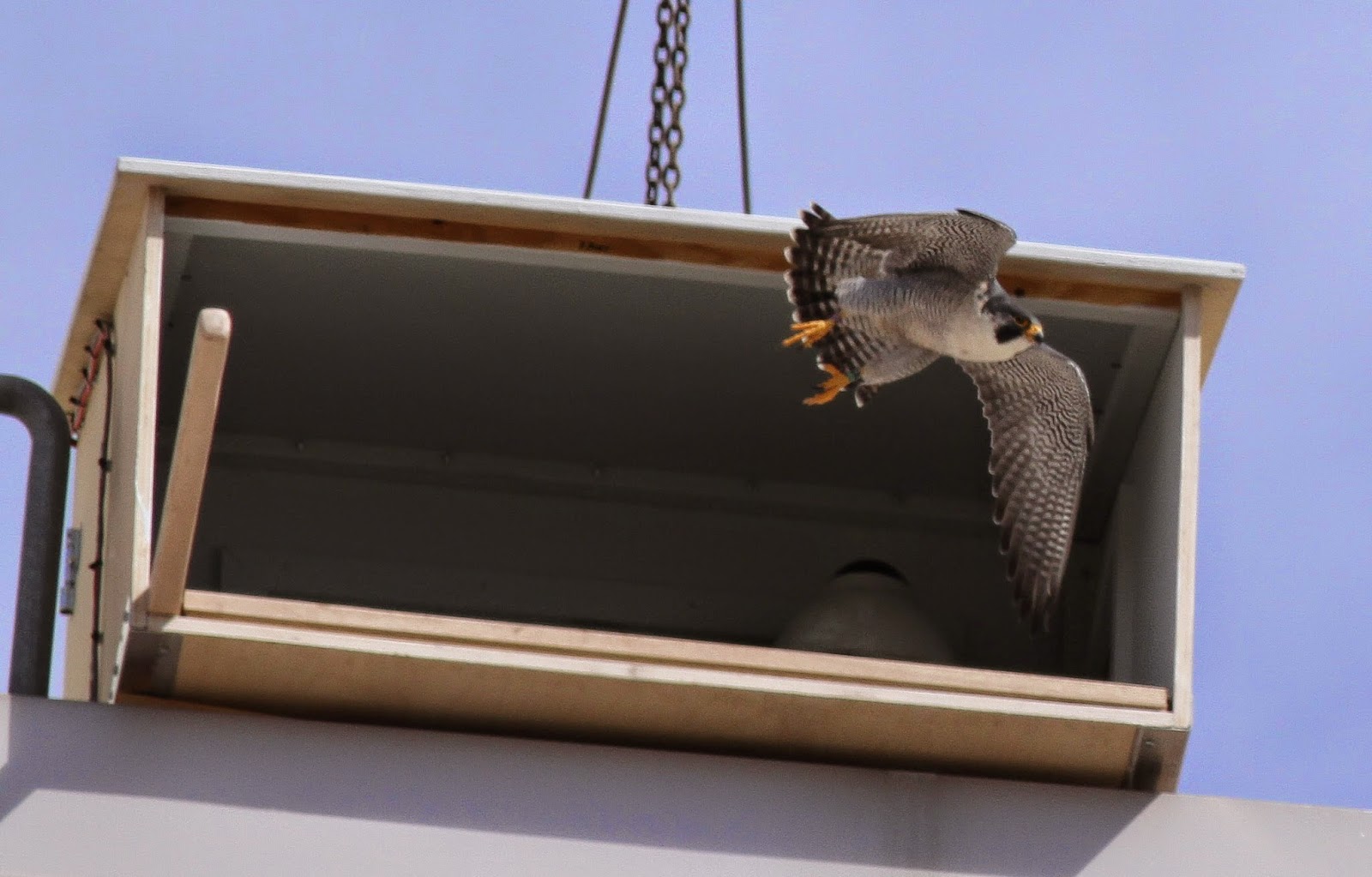The photos below of the colt stretching his/her wings was the last I would take because the next day the family was gone. And like all kids he/she doesn't write, doesn't call.
After being mired in the throes of depression over the loss of the Sandhills , lo and behold, I saw a Great Egret in the pond located a short distance from where the Sandhills were nesting.
The Great Egret is slightly smaller than the Great Blue Heron and hunts for food in similar fashion, spearing fish and other aquatic critters with amazing speed and accuracy. The Great Egret was almost hunted to extinction for its plumes in the late 19th century but has come back fairly strong, thanks to conservation laws that were enacted. I haven't seen many Egrets in our area so I was very happy that this one stayed for about two weeks before moving on.
The Great Blue Heron has been plentiful in this area and the photos below were taken in Cedarburg and Mequon. The "dancing" heron photo below was taken from the bridge overlooking Cedar Creek in Cedarburg.
Above photo and following photos were taken at the Essex Place pond in Mequon.
Note: Information regarding the Great Egret shamelessly taken from Cornell Ornithology website.


















































